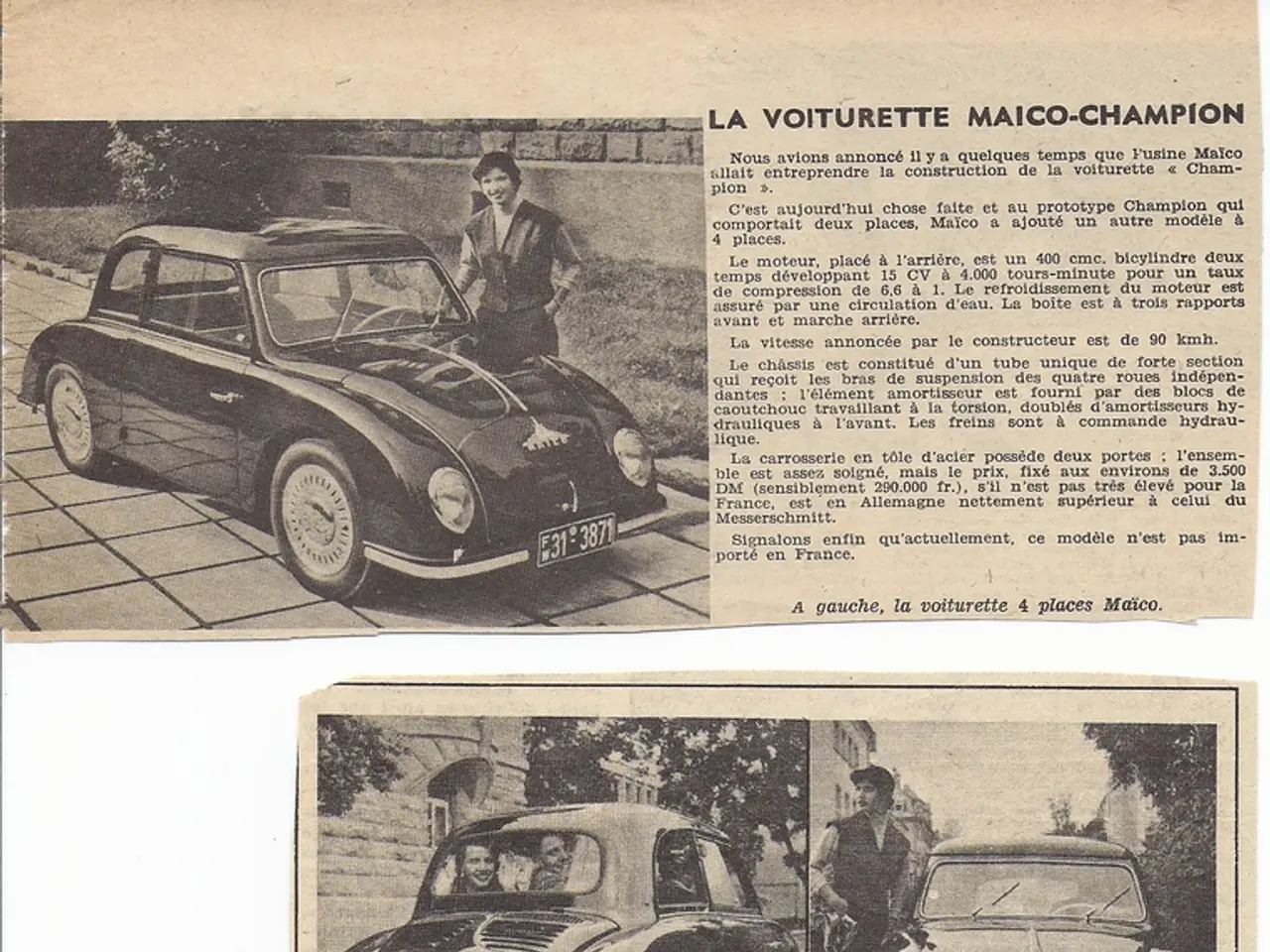Unrecognised 'Clip Thinking' Offers Speed but Lacks Depth
A new concept, 'Clip Thinking', has been making waves in psychological circles, though not officially recognised. It offers swift information processing but lacks depth. Let's explore its strengths, weaknesses, and current understanding.
Clip Thinking, while not officially recognised by psychology, is gaining traction among professionals and creatives. It enables quick processing of vast amounts of information, aiding multitasking and rapid reaction. However, it struggles with in-depth analysis and is prone to manipulation due to its low concentration levels.
Experts acknowledge Clip Thinking's strengths, such as protection from information overload and speed of reaction. Yet, they warn of its weaknesses, including difficulty with analysis and potential learning problems. Despite these drawbacks, it's impossible to completely eliminate Clip Thinking, suggesting it serves a valuable purpose.
Unlike Abstract or Concrete-Object Thinking, Clip Thinking hasn't been neurobiologically recognised due to insufficient research. It's distinct from recognised types like Pictorial-Demonstrative, Pictorial-Conceptual, and Verbal-Logical Thinking. Awareness is key to managing Clip Thinking, allowing individuals to harness its benefits while mitigating its pitfalls.
In contrast, Analytical, Critical, Creative, Convergent, and Divergent Thinking are well-studied and recognised. They offer different cognitive advantages, complementing Clip Thinking in a comprehensive thinking toolkit.
Clip Thinking, though not officially recognised, offers unique benefits and challenges. Its swift information processing aids multitasking and rapid decision-making. However, it lacks depth and is prone to manipulation. Further research is needed to understand its neurobiological basis and integration with recognised thinking types.




